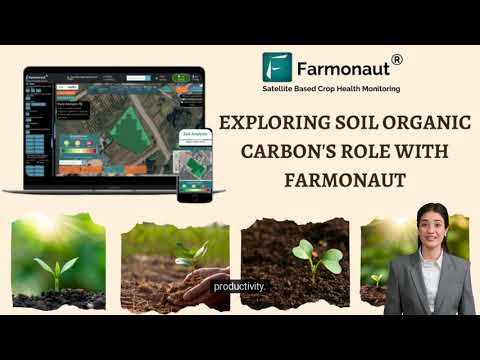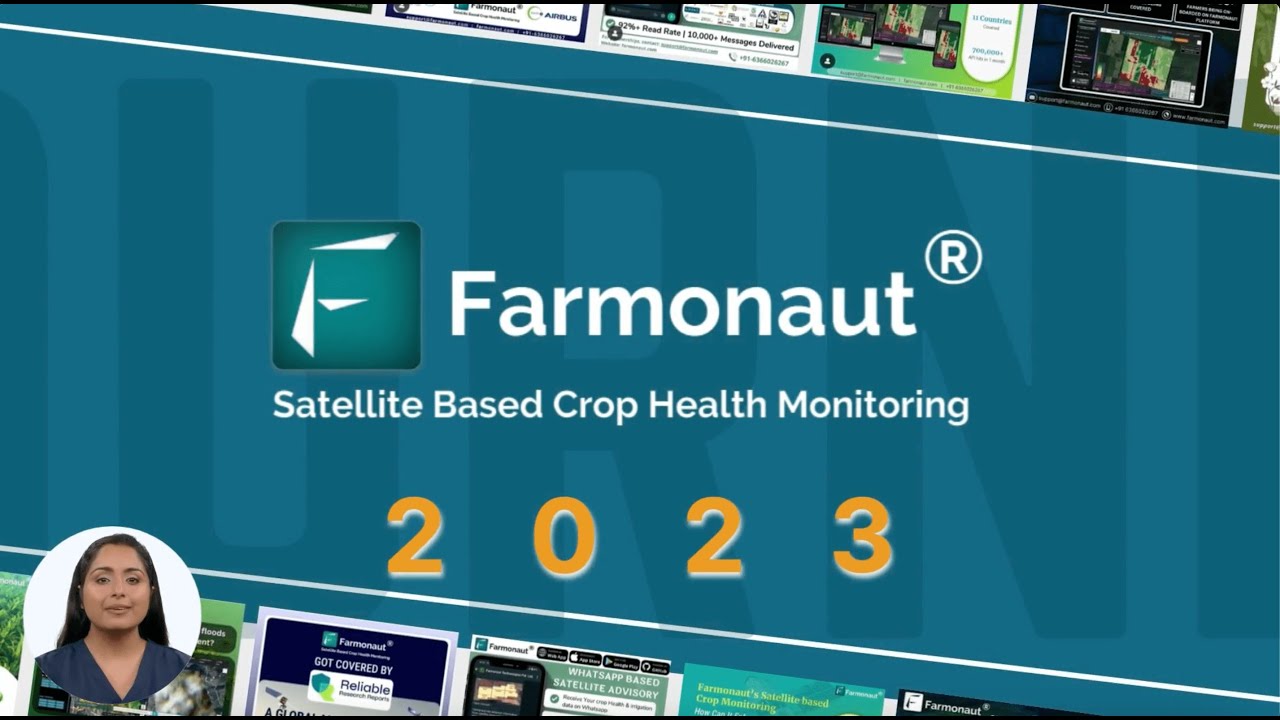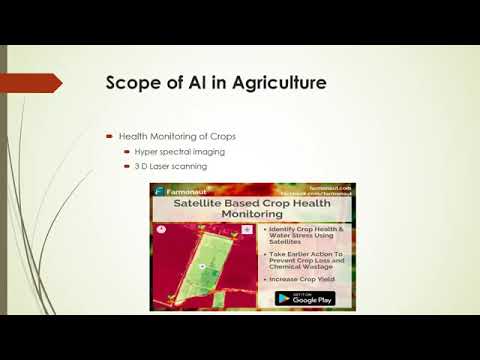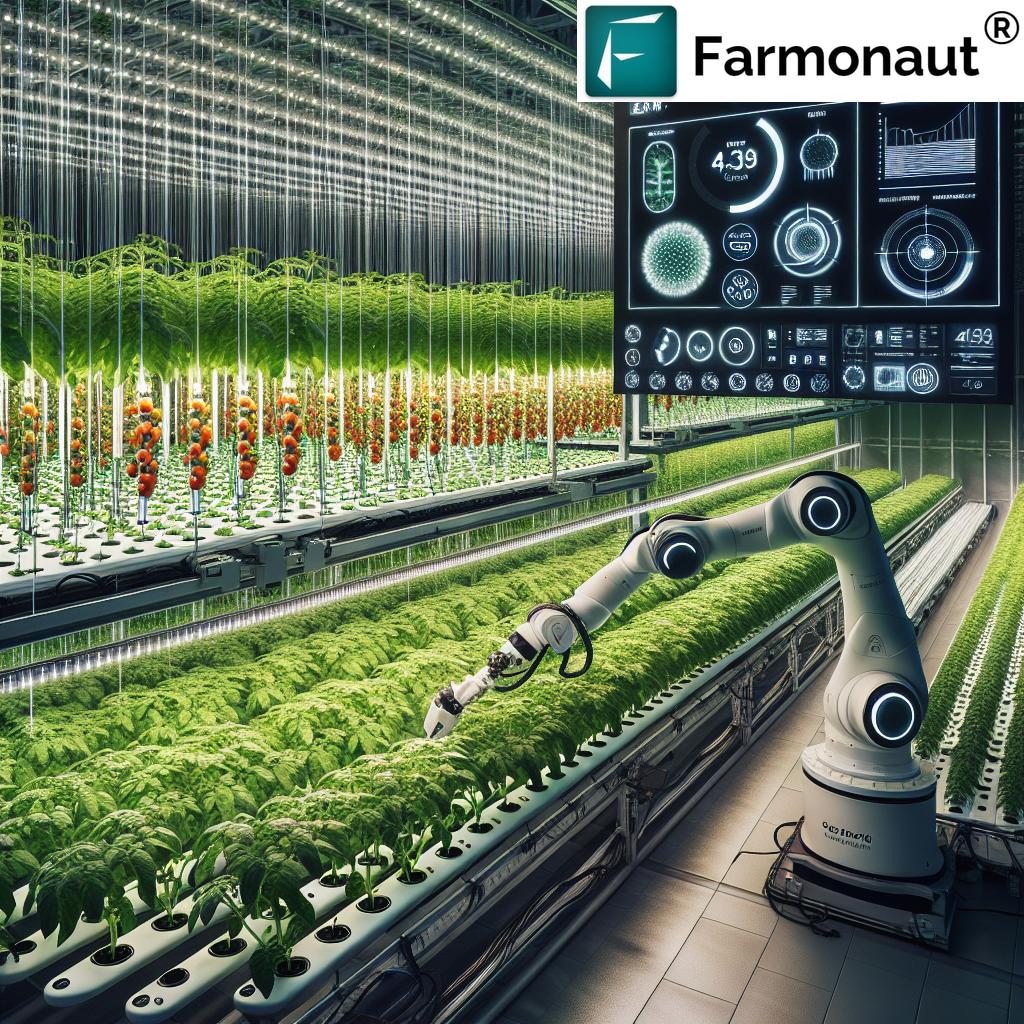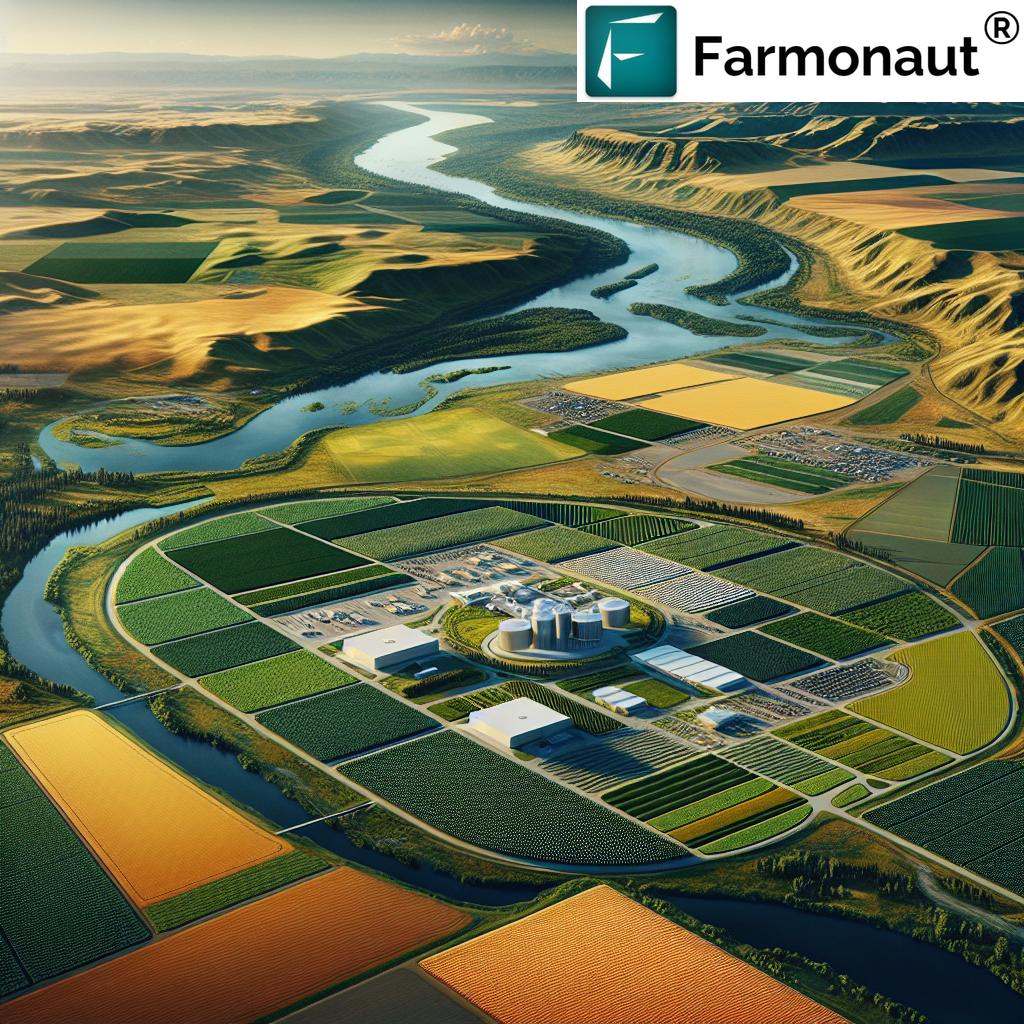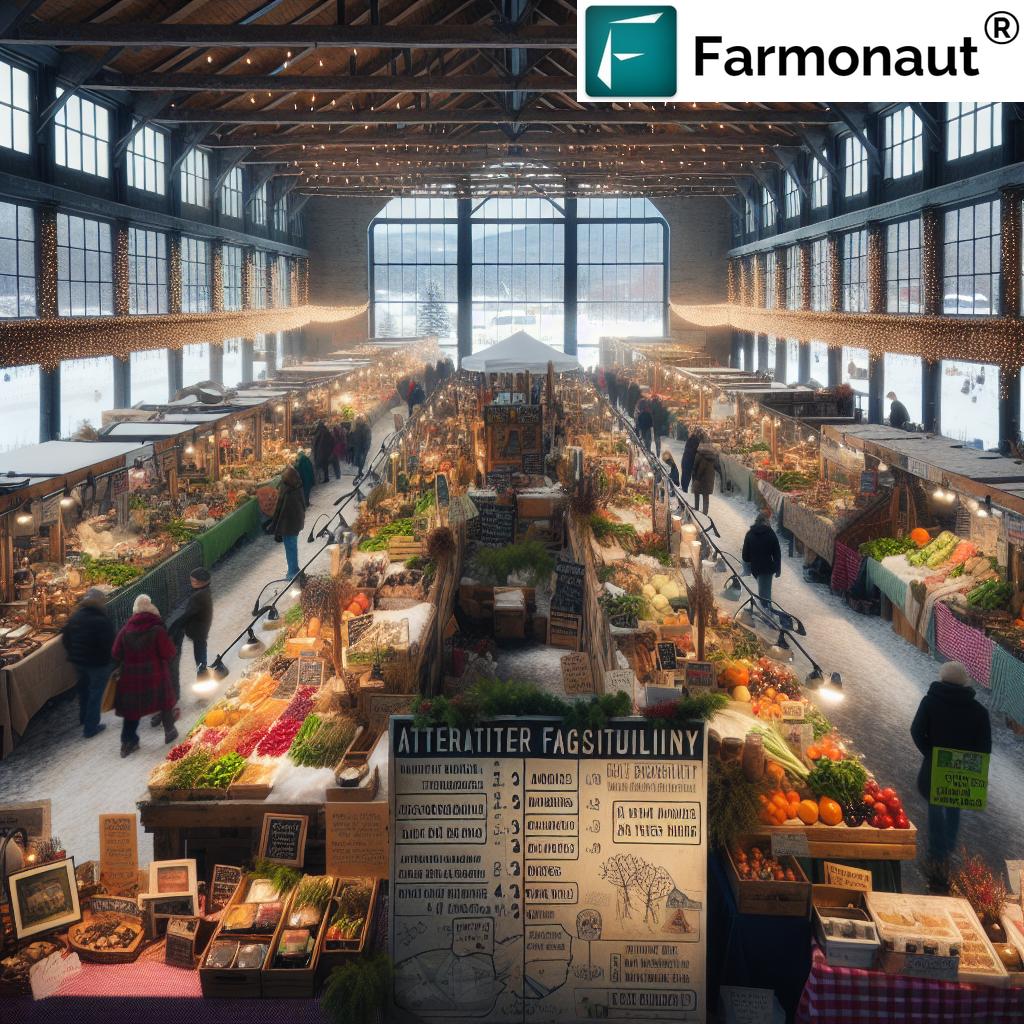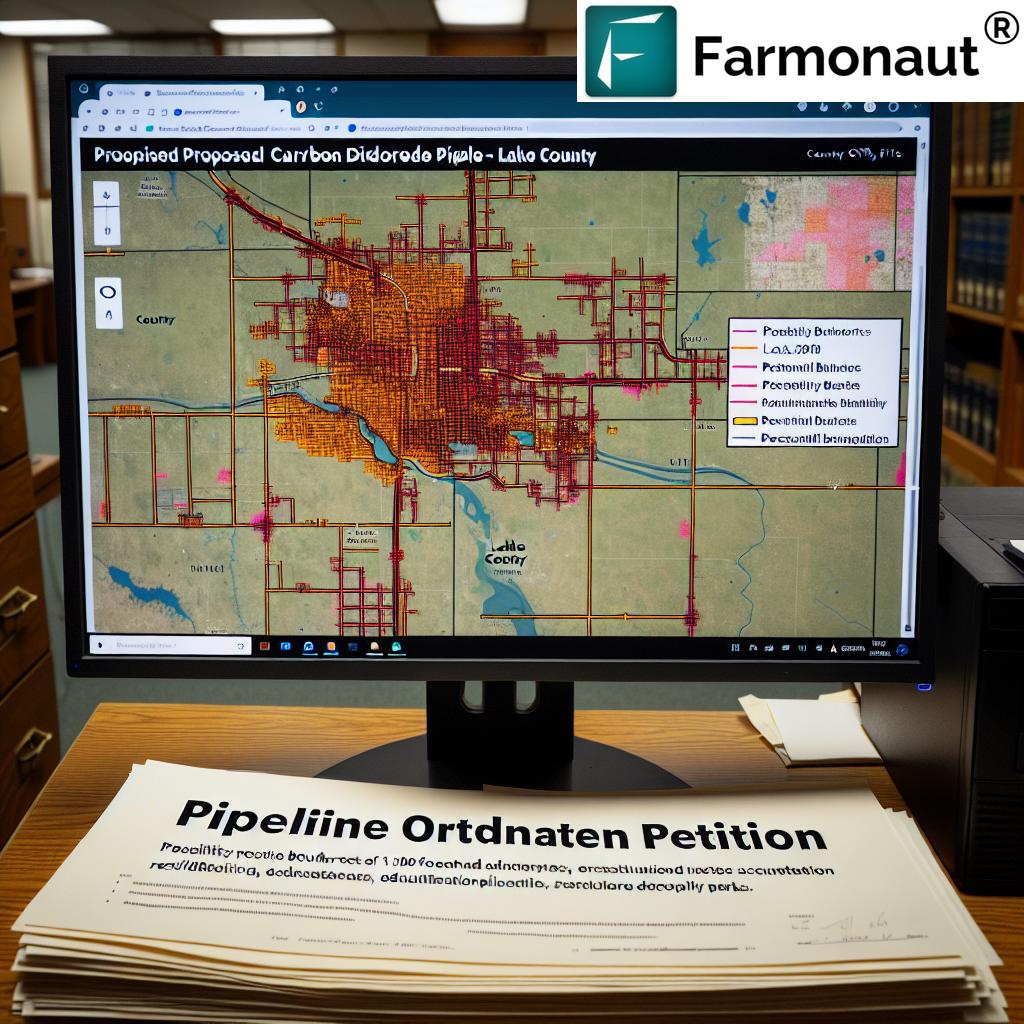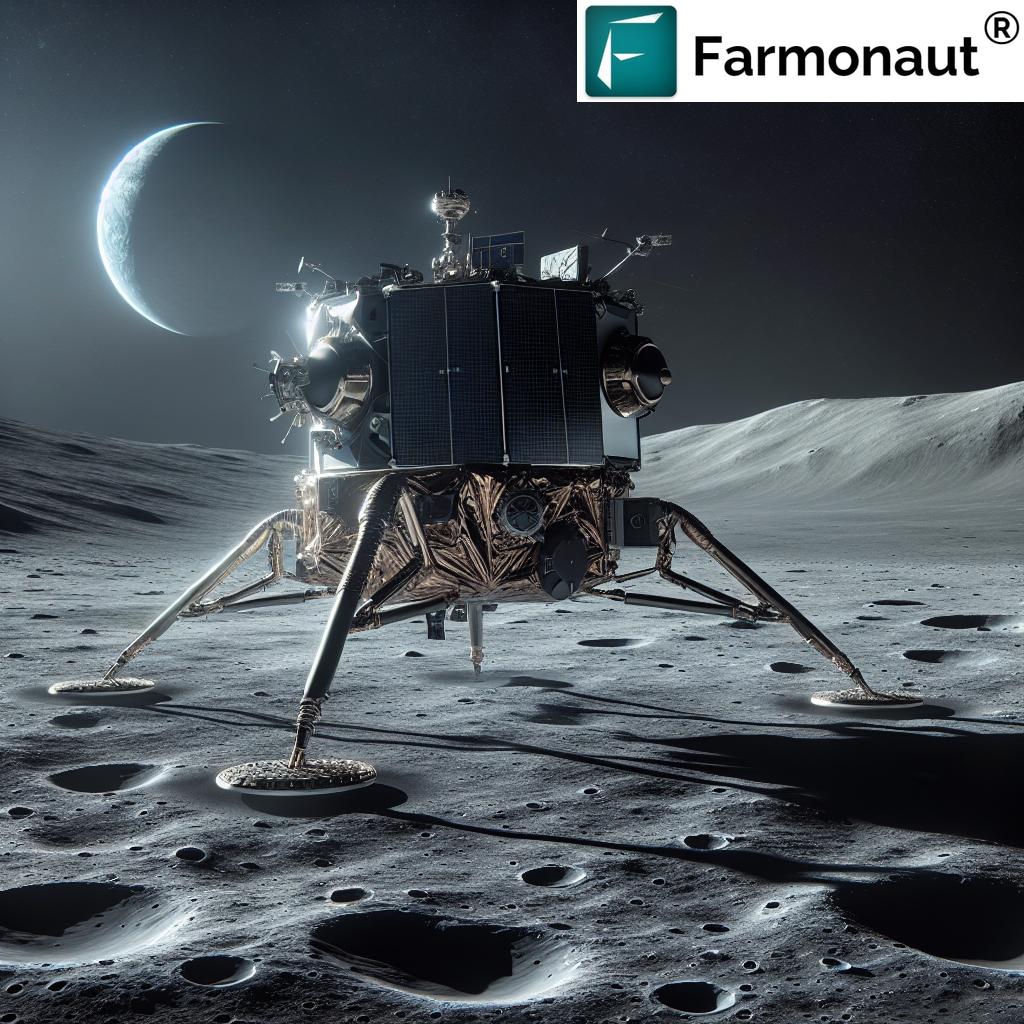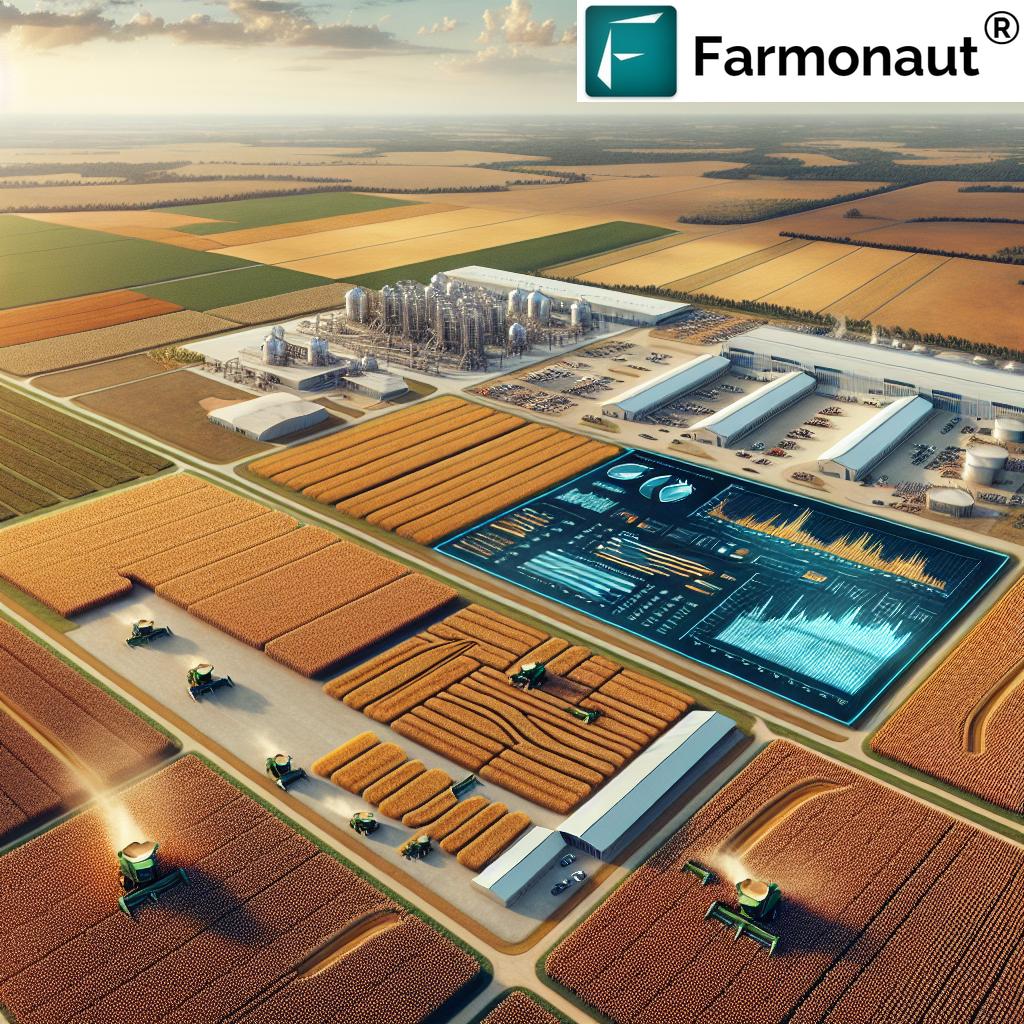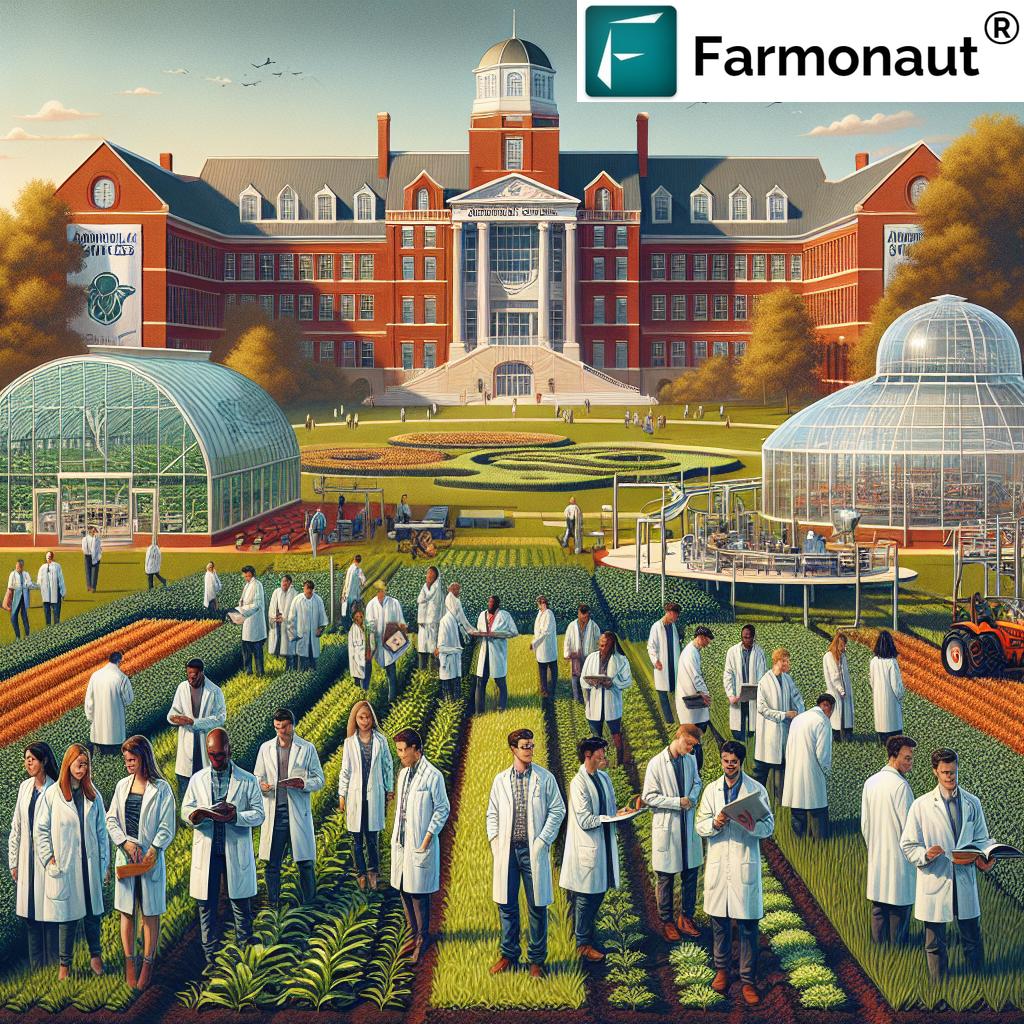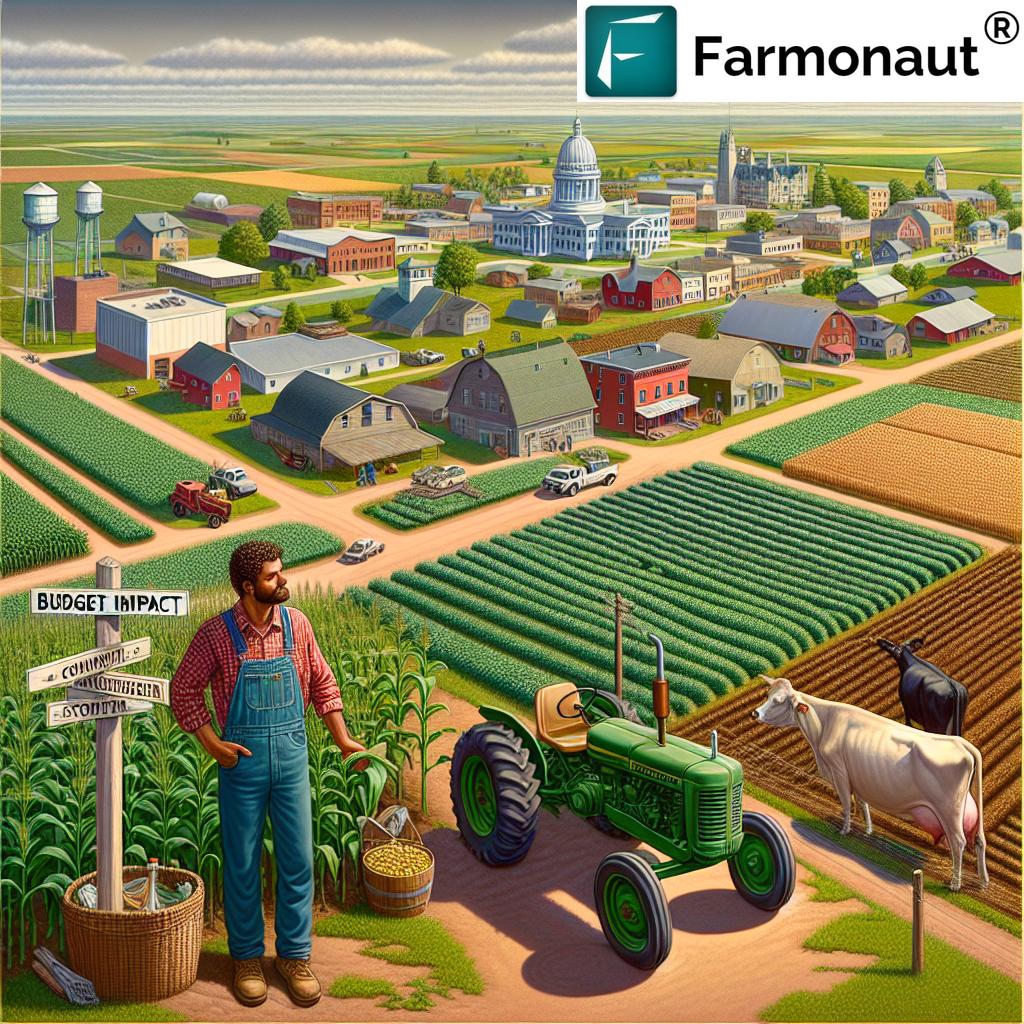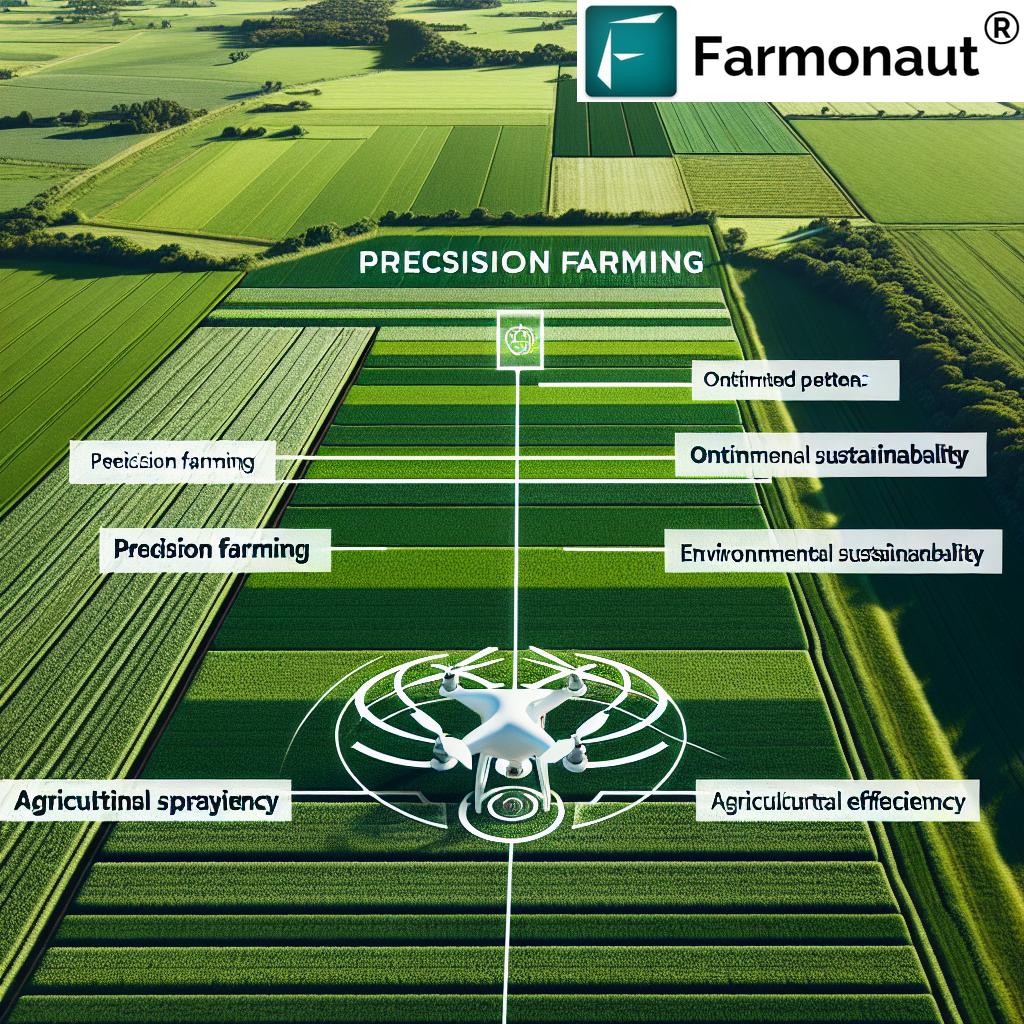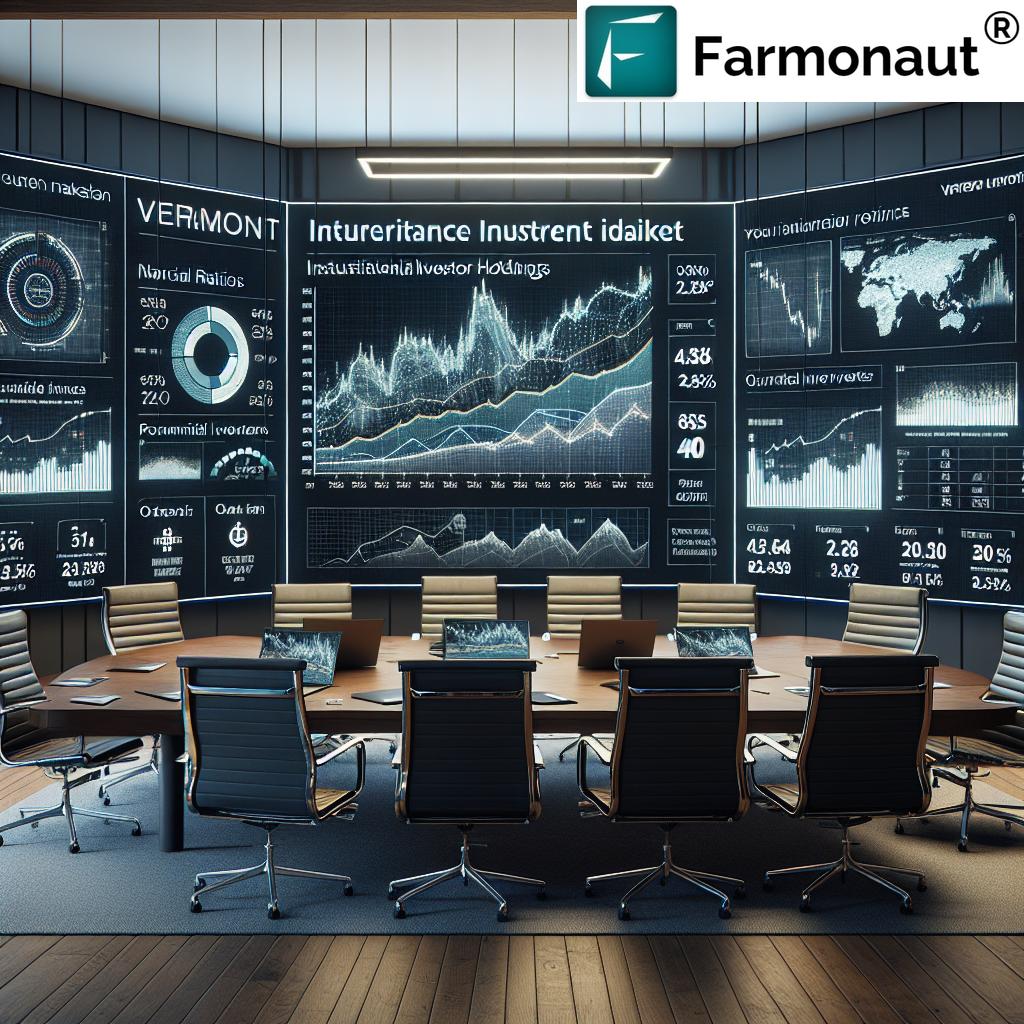Sustainable Food Solutions: Unveiling the Truth About Processed Foods and Home Gardening in the US
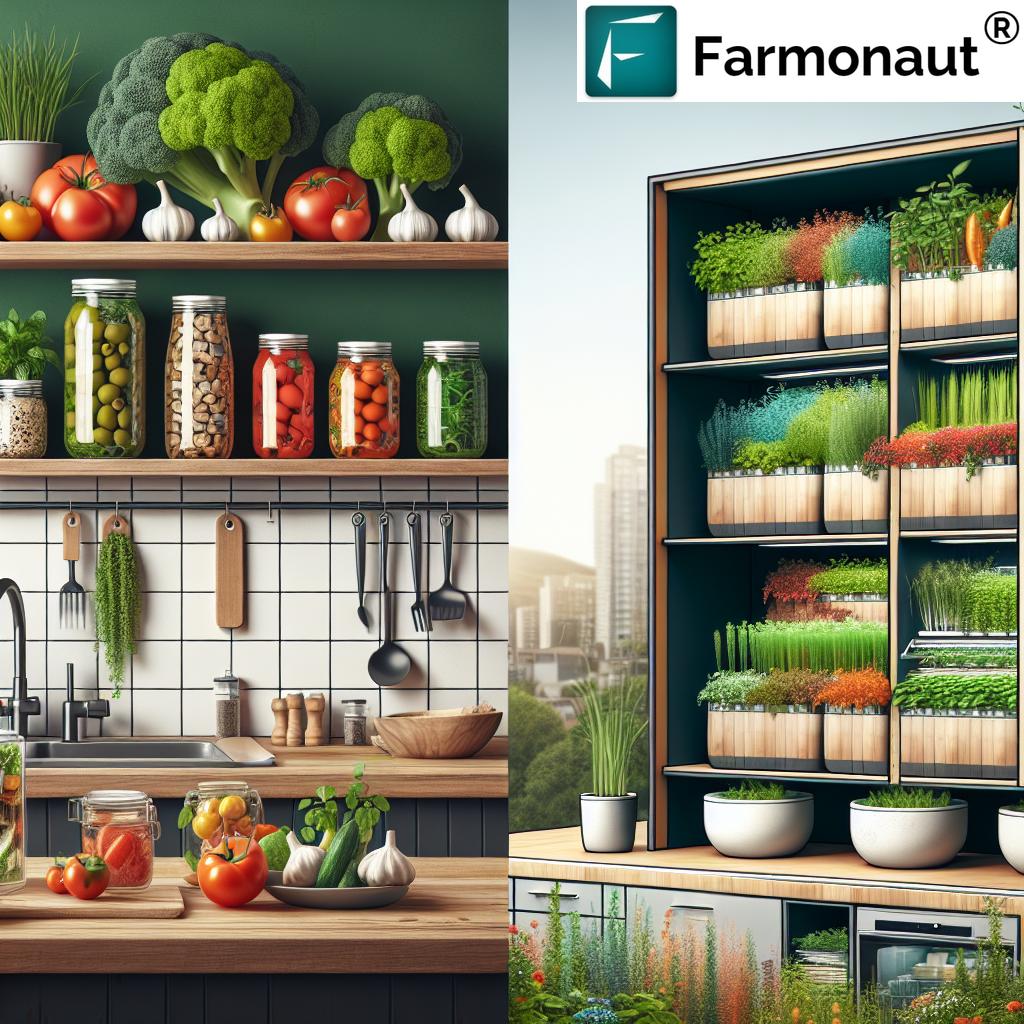
“Over 70% of the US food supply is classified as processed, challenging common perceptions about food sustainability.”
Welcome to our comprehensive exploration of sustainable food solutions, where we’ll unravel the complexities of processed foods and home gardening in the United States. In this eye-opening blog, we’ll challenge common misconceptions and provide you with valuable insights to make informed decisions about your food choices.
Defining Processed Food: A Fresh Perspective
When we hear the term “processed food,” many of us immediately think of unhealthy, packaged snacks or fast food. However, the processed food definition is much broader and more nuanced than we might initially believe. Let’s delve into what processed food really means and how it impacts our daily lives and the environment.
Understanding the Spectrum of Food Processing
Food processing exists on a spectrum, ranging from minimally processed to ultra-processed foods. Here’s a breakdown:
- Minimally processed foods: These include cleaned and packaged fruits, vegetables, nuts, and meats.
- Processed culinary ingredients: Items like oils, vinegars, and sugars fall into this category.
- Processed foods: This includes canned vegetables, fruits, and legumes, as well as some cheeses and breads.
- Ultra-processed foods: These are industrial formulations with five or more ingredients, often including additives and preservatives.
Understanding this spectrum is crucial for making informed choices about our diet and its impact on sustainability.
The Role of Minimally Processed Foods in a Healthy Diet
Minimally processed foods play a vital role in a balanced and nutritious diet. These foods retain most of their inherent nutritional value while offering convenience and extended shelf life. Examples include:
- Cut and bagged salad greens
- Roasted nuts
- Pasteurized milk
- Frozen fruits and vegetables
By incorporating these foods into our diets, we can maintain nutritional integrity while benefiting from modern food preservation techniques.
Food Preservation Techniques: Balancing Nutrition and Sustainability
Food preservation techniques have been essential to human survival and culinary innovation for millennia. Today, these methods continue to play a crucial role in ensuring food security, reducing waste, and maintaining nutritional value. Let’s explore some common preservation methods and their impact on food quality and sustainability.
Freezing: Nature’s Pause Button
Freezing is one of the most effective ways to preserve food while retaining its nutritional value. When done correctly, freezing can:
- Lock in nutrients at their peak
- Extend shelf life significantly
- Reduce food waste
- Maintain flavor and texture
For example, frozen fruits and vegetables are often more nutritious than their “fresh” counterparts that have been transported long distances and stored for extended periods.
Canning: Sealing in Goodness
Canning is another time-honored preservation method that has evolved with modern technology. Canned foods, particularly fruits and vegetables, can be a healthy addition to your diet when chosen wisely. Benefits of canning include:
- Long shelf life without artificial preservatives
- Retention of important nutrients
- Convenience and accessibility
- Reduced energy consumption for storage compared to freezing
For instance, canned tomatoes often have higher levels of lycopene, a powerful antioxidant, compared to fresh tomatoes.
Drying: Concentrating Flavors and Nutrients
Drying is one of the oldest food preservation techniques, and it’s still relevant today. This method:
- Concentrates flavors and nutrients
- Reduces weight and volume, making storage and transportation more efficient
- Extends shelf life significantly
- Preserves foods without the need for additives
From sun-dried tomatoes to dehydrated fruits, dried foods can be both delicious and nutritious when consumed in moderation.
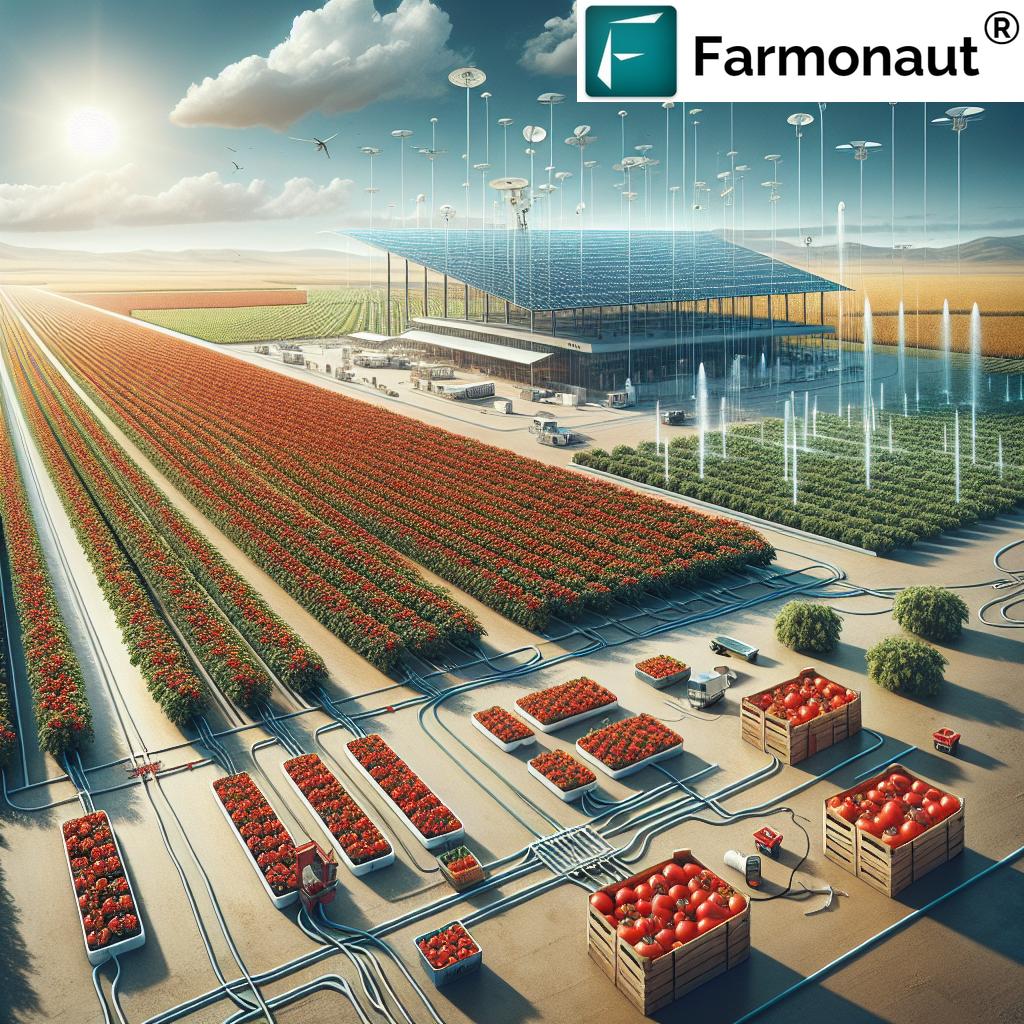
Healthy Processed Foods: Challenging the Stigma
While ultra-processed foods often deserve their bad reputation, not all processed foods are created equal. In fact, some healthy processed foods can be valuable additions to a balanced diet. Let’s explore some examples:
Pasteurized Milk: Safety Meets Nutrition
Pasteurized milk is a prime example of how processing can enhance food safety without significantly impacting nutritional value. The pasteurization process:
- Eliminates harmful bacteria
- Extends shelf life
- Maintains most of milk’s nutritional benefits, including calcium and vitamin D
Canned Tomatoes: A Nutritional Powerhouse
Canned tomatoes are often more nutritious than fresh ones, especially when tomatoes are out of season. Benefits include:
- Higher lycopene content due to the canning process
- Convenience for cooking
- Long shelf life, reducing food waste
- Consistent quality year-round
Olive Oil: Processed for Purity
Extra virgin olive oil undergoes minimal processing, which actually preserves its beneficial compounds. This healthy fat offers:
- Heart-healthy monounsaturated fats
- Antioxidants and anti-inflammatory properties
- Enhanced flavor for various dishes
“Home gardeners can reduce food waste by up to 30% through preserving techniques like oven-drying tomatoes.”
Home Cooking and Nutrition: Taking Control of Your Diet
Home cooking and nutrition go hand in hand when it comes to maintaining a healthy lifestyle. By preparing meals at home, we have greater control over ingredients, portion sizes, and cooking methods. Let’s explore how home cooking can enhance our nutritional intake and support sustainable food practices.
Benefits of Home Cooking
- Control over ingredients and quality
- Better portion control
- Reduced intake of added sugars, salt, and unhealthy fats
- Opportunity to use fresh, seasonal produce
- Cost-effective compared to eating out or buying pre-prepared meals
Meal Prep: A Strategy for Success
Meal prepping is an excellent way to ensure you have healthy, home-cooked meals throughout the week. Here are some tips:
- Plan your meals for the week
- Batch cook grains, proteins, and vegetables
- Portion meals into containers for easy grab-and-go options
- Use a variety of herbs and spices to keep flavors interesting
Incorporating Minimally Processed Foods
When cooking at home, aim to use a mix of fresh and minimally processed ingredients:
- Use frozen vegetables for quick stir-fries
- Add canned beans to salads and soups
- Incorporate whole grains like quinoa and brown rice
- Use olive oil for cooking and dressings
By combining fresh ingredients with carefully chosen processed foods, we can create nutritious meals that support both our health and sustainable food practices.
Sustainable Food Production: The Global Impact
Sustainable food production is crucial for meeting the nutritional needs of a growing global population while minimizing environmental impact. Let’s explore how modern agricultural practices and technologies are shaping a more sustainable food system.
Precision Agriculture: Maximizing Efficiency
Precision agriculture uses technology to optimize crop yields and resource use. Key components include:
- Satellite imaging for crop monitoring
- GPS-guided machinery for precise planting and harvesting
- Soil sensors for optimal irrigation and fertilization
These technologies help reduce waste, conserve resources, and improve crop yields, contributing to more sustainable food production.
Vertical Farming: Growing Up, Not Out
Vertical farming is an innovative approach to food production that maximizes space and minimizes resource use. Benefits include:
- Year-round crop production
- Reduced water usage
- Minimal transportation needs
- Protection from pests and extreme weather
Regenerative Agriculture: Healing the Land
Regenerative agriculture focuses on improving soil health and biodiversity. Practices include:
- Cover cropping
- No-till farming
- Crop rotation
- Integrated livestock management
These methods not only produce food but also help sequester carbon and improve ecosystem health.
Food Processing Innovations: Shaping the Future of Nutrition
Food processing innovations are continuously evolving to meet the demands of modern consumers while addressing sustainability concerns. Let’s explore some cutting-edge technologies that are transforming the food industry.
High-Pressure Processing (HPP)
HPP is a non-thermal preservation technique that extends shelf life while maintaining nutritional quality. Benefits include:
- Minimal impact on taste, texture, and nutrients
- Inactivation of harmful microorganisms
- Reduced need for chemical preservatives
3D Food Printing
3D food printing technology offers exciting possibilities for customized nutrition and reduced food waste:
- Creation of complex food structures
- Personalized nutrition based on individual needs
- Potential for using alternative protein sources
Nanotechnology in Food Packaging
Nanotechnology is revolutionizing food packaging, offering benefits such as:
- Improved barrier properties for extended shelf life
- Antimicrobial packaging to prevent spoilage
- Smart packaging that indicates freshness
These innovations are paving the way for more efficient, sustainable, and nutritious food processing methods.
Agricultural Technology Solutions: Empowering Farmers
Agricultural technology solutions are transforming farming practices, enabling more efficient and sustainable food production. These innovations help farmers make data-driven decisions, optimize resource use, and increase yields.
Satellite-Based Crop Monitoring
Satellite technology provides farmers with valuable insights into their crops’ health and development. Benefits include:
- Real-time monitoring of crop health
- Early detection of pest infestations and diseases
- Optimization of irrigation and fertilizer application
Farmonaut’s platform utilizes advanced satellite imagery to provide farmers with crucial data for informed decision-making. Learn more about our satellite-based solutions.
AI-Powered Advisory Systems
Artificial intelligence is revolutionizing farm management through personalized recommendations. These systems offer:
- Customized crop management strategies
- Weather forecasting and risk assessment
- Yield prediction and optimization
Farmonaut’s Jeevn AI advisory system provides tailored insights to help farmers improve productivity and efficiency.
Blockchain for Traceability
Blockchain technology enhances transparency and traceability in the food supply chain:
- Improved food safety through end-to-end traceability
- Enhanced consumer trust
- Reduced fraud in the supply chain
Farmonaut integrates blockchain technology to ensure transparency from farm to consumer.
Crop Protection Methods: Balancing Yield and Sustainability
Crop protection methods are essential for ensuring food security and maintaining crop yields. However, it’s crucial to balance these practices with environmental sustainability. Let’s explore some modern approaches to crop protection:
Integrated Pest Management (IPM)
IPM is a holistic approach to pest control that minimizes chemical use:
- Combines biological, cultural, and chemical control methods
- Emphasizes prevention and early detection
- Reduces reliance on pesticides
Biological Control
Biological control uses natural predators or pathogens to manage pests:
- Introduces beneficial insects or microorganisms
- Reduces the need for chemical pesticides
- Promotes ecological balance in agricultural systems
Precision Application Technologies
Advanced technologies enable precise application of crop protection products:
- GPS-guided sprayers for targeted application
- Drone technology for monitoring and application
- Sensor-based systems for real-time pest detection
These methods help minimize environmental impact while maintaining crop health and productivity.
Food Processing Sustainability: A Path Forward
Food processing sustainability is a critical concern as we strive to meet global food demands while minimizing environmental impact. The food industry is adopting various strategies to enhance sustainability throughout the processing chain.
Energy Efficiency in Food Processing
Improving energy efficiency is a key focus for sustainable food processing:
- Implementation of energy-efficient equipment and processes
- Use of renewable energy sources in food processing facilities
- Heat recovery systems to minimize energy waste
Water Conservation Techniques
Water is a crucial resource in food processing, and conservation efforts include:
- Water recycling and reuse systems
- Adoption of waterless or low-water processing technologies
- Improved wastewater treatment and management
Packaging Innovations for Sustainability
Sustainable packaging solutions are being developed to reduce environmental impact:
- Use of biodegradable and compostable materials
- Reduction of packaging material through innovative designs
- Increased use of recycled content in packaging
These sustainability efforts in food processing contribute to a more environmentally friendly food system.
Preserving Your Harvest: Tips for Home Gardeners
For home gardeners, preserving your harvest is a great way to enjoy homegrown produce year-round while reducing food waste. Here are some tips and techniques:
Freezing Fresh Produce
- Blanch vegetables before freezing to preserve color and nutrients
- Use airtight containers or freezer bags to prevent freezer burn
- Label containers with contents and date for easy tracking
Canning Fruits and Vegetables
- Use proper canning equipment and follow safe canning practices
- Choose high-quality, ripe produce for best results
- Experiment with different recipes for jams, sauces, and pickles
Drying Herbs and Fruits
- Use a food dehydrator or oven on low heat for consistent results
- Store dried foods in airtight containers in a cool, dark place
- Try making herb blends or fruit leathers for variety
Recipe: Oven-Dried Tomatoes in Garlic Olive Oil
Here’s a simple recipe to preserve your tomato harvest:
- Preheat oven to 200°F (95°C)
- Slice plum tomatoes in half lengthwise
- Place on a baking sheet, cut side up
- Sprinkle with sea salt and dried herbs (rosemary, thyme)
- Dry in the oven for 4-6 hours until shriveled but still pliable
- Cool completely, then pack in jars with garlic-infused olive oil
- Store in the refrigerator for up to 2 weeks
This method combines the benefits of drying and oil preservation, creating a delicious and versatile ingredient for your kitchen.
Making Informed Choices: Reading Food Labels
Understanding food labels is crucial for making informed decisions about the foods we consume. Here are some tips for decoding food labels:
- Check the ingredient list: Ingredients are listed in order of quantity, from most to least
- Look for whole food ingredients: Choose products with recognizable, whole food ingredients
- Be aware of different names for sugar: Look out for terms like high fructose corn syrup, dextrose, and maltose
- Check serving sizes: Be mindful of realistic serving sizes when comparing nutritional information
- Look for fortified foods: Some processed foods are fortified with essential vitamins and minerals
By understanding food labels, we can make choices that align with our nutritional goals and values.
Embracing a Balanced Approach to Food
As we’ve explored the complexities of processed foods, home gardening, and sustainable food production, it’s clear that there’s no one-size-fits-all solution. The key is to embrace a balanced approach that considers nutrition, convenience, and sustainability.
Here are some final thoughts to consider:
- Incorporate a mix of fresh, minimally processed, and carefully chosen processed foods in your diet
- Support local farmers and sustainable agricultural practices when possible
- Experiment with home cooking and food preservation techniques
- Stay informed about food processing innovations and their impact on nutrition and sustainability
- Use technology, like Farmonaut’s solutions, to make informed decisions about food production and consumption
By taking a thoughtful, balanced approach to our food choices, we can support our health, our communities, and our planet.
| Food Item | Processing Level | Nutritional Benefits | Potential Drawbacks | Sustainability Score (1-10) |
|---|---|---|---|---|
| Pasteurized Milk | Minimal | High in calcium, protein, and vitamin D | Slight loss of some vitamins during pasteurization | 8 |
| Canned Tomatoes | Moderate | High in lycopene, vitamin C | Potential BPA exposure from can lining | 7 |
| Oven-Dried Tomatoes | Minimal | Concentrated nutrients, antioxidants | Calorie-dense due to concentration | 9 |
| Frozen Vegetables | Minimal | Retain most nutrients, convenient | Possible texture changes | 8 |
| Ultra-Processed Snack Foods | Heavy | Often fortified with vitamins | High in added sugars, salt, unhealthy fats | 2 |
Frequently Asked Questions
Q: Are all processed foods unhealthy?
A: No, not all processed foods are unhealthy. Many minimally processed foods, such as pasteurized milk, frozen vegetables, and canned tomatoes, can be part of a nutritious diet. The key is to choose wisely and read labels carefully.
Q: How can I incorporate more sustainable food choices into my diet?
A: You can start by buying local and seasonal produce, reducing food waste through proper storage and preservation, and choosing minimally processed foods. Consider starting a small garden or supporting sustainable agriculture practices.
Q: What are some easy ways to preserve home-grown produce?
A: Freezing, drying, and canning are excellent methods for preserving home-grown produce. Freezing is particularly easy and effective for many fruits and vegetables. You can also try making jams, pickles, or dried herb blends.
Q: How does Farmonaut contribute to sustainable agriculture?
A: Farmonaut provides advanced satellite-based farm management solutions that help farmers optimize their crop yields, reduce resource waste, and make data-driven decisions. This technology supports more efficient and sustainable farming practices.
Q: What should I look for on food labels to make healthier choices?
A: Look for products with short ingredient lists featuring whole foods. Be wary of added sugars, high sodium content, and trans fats. Pay attention to serving sizes and choose products with higher fiber and protein content when possible.
We hope this comprehensive guide has provided you with valuable insights into sustainable food solutions, processed foods, and home gardening. By making informed choices and embracing a balanced approach to food, we can all contribute to a healthier, more sustainable food system.
For more information on how technology is revolutionizing agriculture and supporting sustainable food production, explore Farmonaut’s innovative solutions:
For developers interested in integrating Farmonaut’s powerful satellite and weather data into their applications, check out our API Developer Docs.


